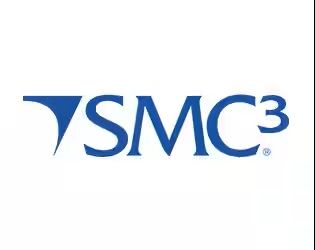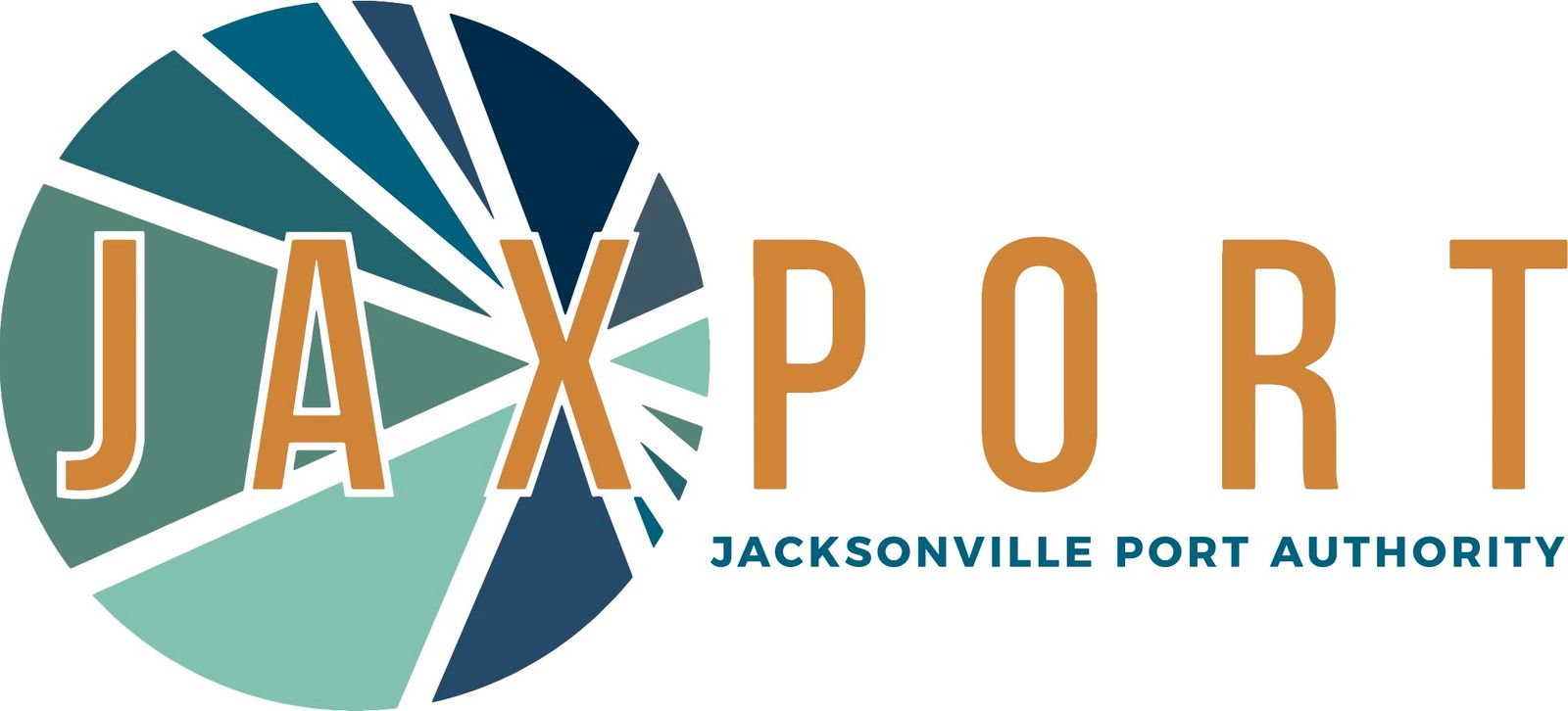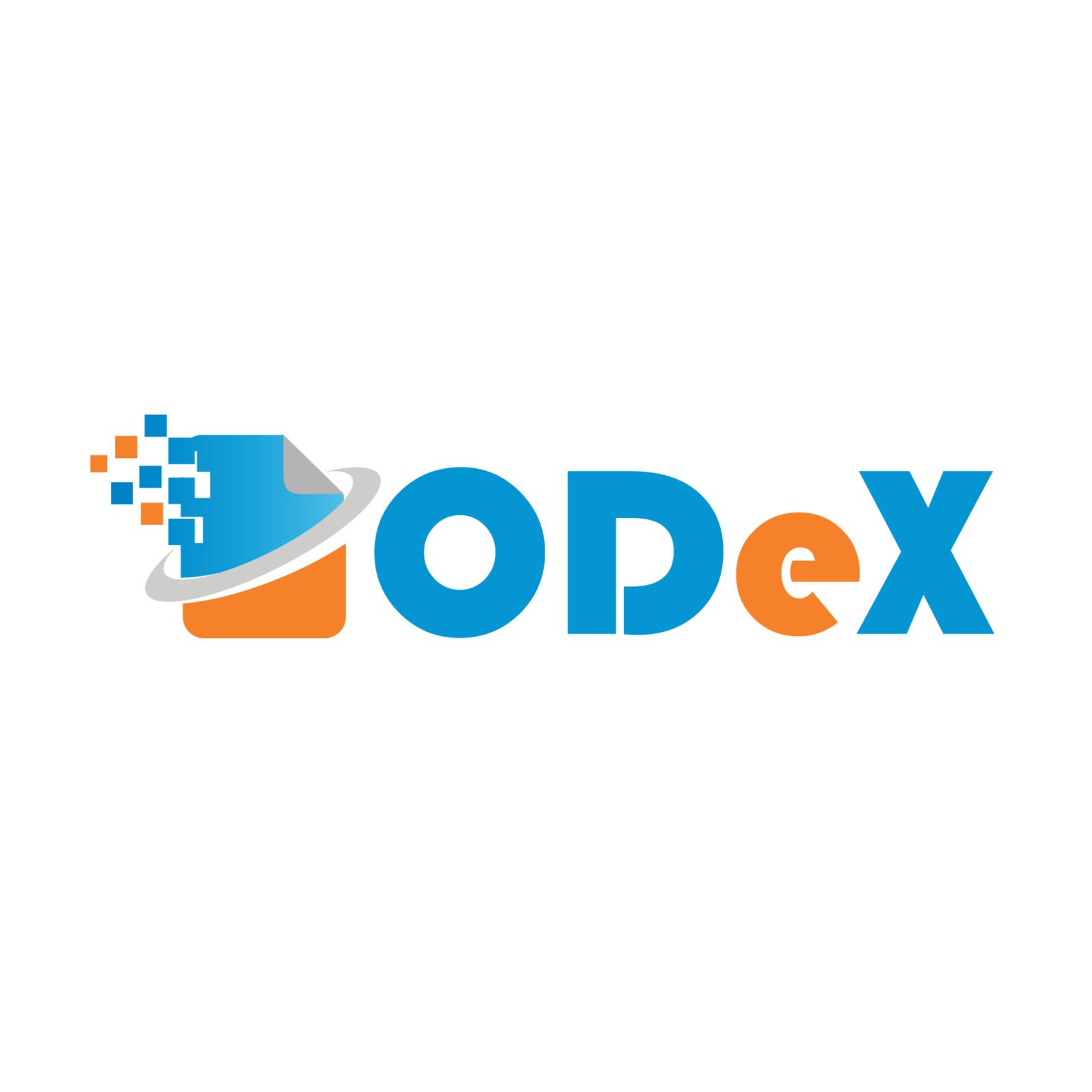Multimedia
European Shipping and Trade Outlook: The Trans-Atlantic

Partner:

Ocean carriers are again awash with cash as early peak season demand and significant volume of cargo pushed onto soaring spot markets out of Asia fills their coffers. It is against this backdrop that saber-rattling by the International Longshoremen’s Association should be viewed as its master contract negotiations with maritime employers on the US East and Gulf coasts become increasingly fractured. The ILA is determined to extract a generous deal from United States Maritime Alliance with the carriers as major players. Ocean carriers are in a win-win situation. If the rhetoric intensifies ahead of the Sept. 30 expiration of the current contracts and that causes significant front-loading of US imports, space will be tight, and rates will soar. If a strike closes terminals and ships are stuck outside ports, space will evaporate, and rates will increase. The carriers can’t lose. Because of the devastating nature of a US East Coast strike it is unlikely to be a long, drawn-out affair, and carriers probably will be happy to have their vessels floating around outside ports waiting to get in until the dispute is resolved. As far as contingency plans are concerned, there aren’t many that make sense for shippers. Alternative routing such as Europe to the US West Coast would be one option, and entering North America through Canada’s east coast ports might be another, but both would add time and cost and leave imports far from where they need to be. As of early August, front-loading of cargo was not showing up in demand numbers or freight rates, but it’s surely only a matter of time before cargo volume begins to pick up on the westbound trans-Atlantic.
This webcast, led by Journal of Commerce senior Europe editor Greg Knowler, will analyze the potential disruption ahead and how the rest of 2024 is shaping up in the typically subdued trans-Atlantic trades.
Moderator:
Greg Knowler, Europe Editor, Journal of Commerce by S&P Global
Speaker(s):
Alison Leavitt, Managing Director, Wine and Spirits Shippers Association
Stephanie Loomis, Head of Ocean Freight-North America, Rhenus Logistics
Eric Oak, Senior Analyst-Supply Chain, S&P Global Market Intelligence
*Check back soon for more information! Interested in sponsoring this webcast? For more information, please visit https://subscribe.joc.com/mediasolutions/
Midyear Breakbulk and Project Cargo Outlook

Conflict in the Red Sea, port congestion, longer voyages, and strong shipping demand are tightening capacity in the multipurpose sector and slowly pushing up rates. There are indications that some mode-malleable cargo is moving back from container to breakbulk modes, although this is expected to dissipate if and when container rates fall. Cargo shippers busy with traditional oil and gas projects as well as energy transition and manufacturing-related projects are coping with extended transit cycles and region-specific challenges finding equipment and vessel coverage.
This webcast will examine cargo demand and multipurpose/heavy-lift fleet supply and makeup amid a tumultuous geopolitical environment. Join Breakbulk and Project Cargo Senior Research Analyst Susan Oatway as she presents the latest forecast from the Journal of Commerce Breakbulk Quarterly Report. Joining Susan will be two industry executives who will engage in in-depth discussion about capacity and tonnage availability from the cargo shipper perspective.
Moderator:
Janet Nodar, Senior Editor, Breakbulk, Project, and Heavy-Lift Shipping, Journal of Commerce by S&P Global
Speaker(s):
Phillip Brown, BGL Global Chartering Manager, Bechtel
Susan Oatway, Senior Research Analyst-Breakbulk and Project Cargo, Journal of Commerce by S&P Global
George Vassilas, Head of Chartering Americas Region, DHL USA
*Check back soon for more information! Interested in sponsoring this webcast? For more information, please visit https://subscribe.joc.com/mediasolutions/
Midyear Trucking Report: The Second-Half Outlook

Partner:

The first half of 2024 ended on a stronger note for US trucking demand, with tonnage and spot market rates rising slightly off the baseline set last year. But will they keep climbing? Shippers are getting mixed messages; with some transportation providers warning of tightening capacity and higher rates this fall. But there’s still plenty of truckload capacity in the market, leading others to suggest any increase in spot or contract pricing will be gradual in the second half — not a repeat of the “hockey-stick” recovery of 2020. Meanwhile, shippers are navigating an increasingly complex set of supply chain challenges that require them to develop more control over the truck capacity they use, often lane by lane. They’re seeking the agility needed to move freight between truckload contract and spot trailers and less-than-truckload and even private or dedicated fleet operations. That’s a hallmark of what could be called post-pandemic trucking, and it requires the right technology stack as well as the right trucking providers to keep freight rolling.
This webcast, led by Senior Trucking and Domestic Transportation Editor William Cassidy, will look at where we’re heading in the second half of 2024, and what the major challenges for shippers are likely to be, from pricing and capacity to visibility and technology.
Moderator:
William Cassidy, Senior Editor, Trucking and Domestic Transportation, Journal of Commerce by S&P Global
Speaker(s):
Andy Dyer, CEO, AFS Logistics
Keith Prather, Managing Director, Armada Corporate Intelligence
*Check back soon for more information! Interested in sponsoring this webcast? For more information, please visit https://subscribe.joc.com/mediasolutions/
Midyear Container Shipping Report: How the Economy, Consumer Trends, and Logistics Shifts Are Impacting the 2024 Peak Season

Partner:





North American importers and exporters are entering a precarious period of container shipping volatility the likes of which haven’t been seen since the early days of the COVID-19 pandemic. A combination of events — container shortages in Asia and resulting congestion, increasing blank sailings among carriers, and strong demand that is leading to a spike in rates — is setting the stage for a volatile peak shipping season and perhaps beyond. This hourlong webcast, led by Journal of Commerce Executive Editor Mark Szakonyi, will analyze the state of the container shipping market coming out of the annual service contracting period and take an early look at the summer-fall peak shipping season. In the process, it will answer the following questions:
• What do the supply-demand fundamentals point to in terms of rates?
• What impact – and for how much longer – will the Red Sea crisis have during the busiest part of the shipping year?
• How will worsening congestion in Asia and the western Mediterranean impact capacity?
• Is the recent demand spike a sign of an early and perhaps extended peak season?
Moderator:
Mark Szakonyi, Executive Editor, Journal of Commerce by S&P Global
Speaker(s):
Rachael Acker, Senior Director-Global Logistics, Wolverine Worldwide
Jonathan Gold, Vice President, Supply Chain and Customs Policy, National Retail Federation
John McCauley, Consultant and, Cargill (Ret.)
*Check back soon for more information! Interested in sponsoring this webcast? For more information, please visit https://subscribe.joc.com/mediasolutions/
The JOC Top 100 Importers and Exporters: Analyzing the Rankings and Second Half Trade Outlook

Partner:

With US retailers raising import forecasts and inbound cargo volumes, pricing power is beginning to return to ocean carriers. Imports alone, however, aren’t enough to jumpstart US freight demand and pull surface transportation providers out of a two-year slump. Despite some green shoots in manufacturing, the US freight economy outlook for the second half of 2024 is still cloudy, with any improvement likely to be gradual. That means shippers will have another year of pricing power over North American trucking and intermodal rail. On the ocean, however, the tide has shifted after a decline in volumes and crashing prices that fell from unprecedented heights early in the pandemic. It’s unclear, however, whether first-half increases will have second half staying power. This webcast, featuring several Journal of Commerce senior editorial members, will examine the impact that economic-, geopolitical-, and supply chain-related events have had on importers and exporters, and how that has played out in terms of containerized shipping volumes, as reflected by the Journal of Commerce rankings of Top 100 Importers and Exporters for 2023. It also will include discussion about the dynamics shaping several import and export segments, from consumer goods and electronics to ag products and resins.
Moderator:
Eric Johnson, Senior Editor-Technology, Journal of Commerce by S&P Global
Speaker(s):
Michael Angell, Senior Editor-Northeast and Gulf Coast Ports, Journal of Commerce by S&P Global
Ari Ashe, Senior Editor-Intermodal and South Atlantic Ports, Journal of Commerce by S&P Global
Bill Mongelluzzo, Senior Editor-West Coast, Journal of Commerce by S&P Global
Mark Szakonyi, Executive Editor, Journal of Commerce by S&P Global
*Check back soon for more information! Interested in sponsoring this webcast? For more information, please visit https://subscribe.joc.com/mediasolutions/
Recent News and Analysis
Maritime News
- Hapag-Lloyd, ONE expand terminal networks with deals in Brazil, China
- Trans-Atlantic capacity injection overtakes market demand
- South Korea to invest $3 billion expanding foreign logistics, terminal network
- Trump administration suspends wind energy projects over ‘national security’ threat
- Service-related issues to take center stage in 2026–27 ocean contract talks: sources
Surface News
- Persistent supply-demand imbalance to keep US truckload rates in check
- Carriers, POLA back UP-NS deal, citing lower transit times, costs
- UP, in merger filing, vows to convert millions of loads to intermodal annually
- Geodis inks takeover deal to expand French trucking coverage
- Two large rail unions say they oppose planned UP-NS merger
Air Cargo News
- Rising US air freight imports from Taiwan, Vietnam offset drop in China trade
- US freight industry enters 2026 with low growth expectations
- Black Friday demand tightens trans-Pacific air cargo capacity, elevates rates
- DHL Global Forwarding sees Q3 revenue drop on lower ocean rates
- Belly freight shouldering airlines’ CO2 emissions burden: forwarders
Supply Chain News
- Revenue from low-value shipment duties crosses $1 billion mark: CBP
- Big US ports ask Congress to ensure fair funding for dredging
- Freightos founder to step down as CEO as company moves into ‘next phase’
- House reauthorizes FMC and adds to its oversight powers
- US freight industry enters 2026 with low growth expectations


